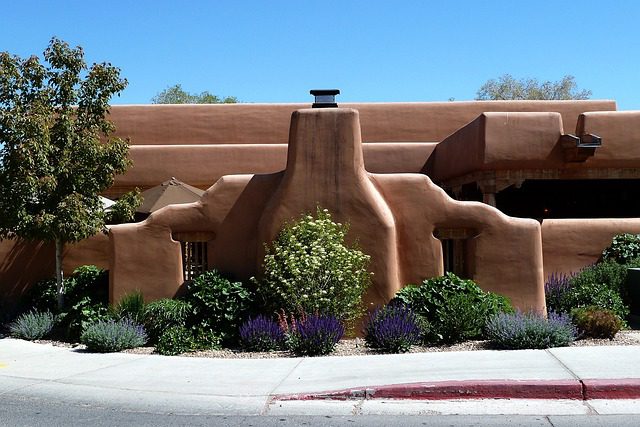
If you have a garden and a library, you have everything you need.
Marcus Tullius Cicero
Xeriscaping has unfortunately acquired a bit of a bad reputation amongst the masses. Sometimes called “zeroscape” by its detractors, the waterwise style of garden has been unfairly maligned because many home gardeners have misunderstood the principles of xeriscaping.
You can’t just cover your yard in a field of rocks, plant a few straggly and forlorn shrubs, and call it xeriscaping.
Ok, I guess you can do that, but it certainly isn’t xeriscaping, and it certainly isn’t attractive. Plus, without the cooling effects of a lawn/garden bed, your yard and, by extension your house, is going to be miserably hot in the summer. That is NOT what proponents of xeriscaping have called for. It is still possible to have a lush, beautiful landscape using xeriscape techniques; just one that doesn’t require as much water as a more traditional yards require.
There are 7 principles in xeriscaping: water conservation, soil improvement, limited turf area, use plants adapted to your area, mulch, irrigation and maintenance. Using these principles, anyone anywhere can create their own personal waterwise Eden.
In fact, you can have plants that require copious amounts of moisture in your landscape. Just have less of them. You can even have Kentucky bluegrass, the biggest water hog in most landscapes. Just don’t have a giant swath of it. A smaller patch, say, big enough for kids to play on or a spot for doggies to do their…business, is perfectly fine for a more watewise landscape.
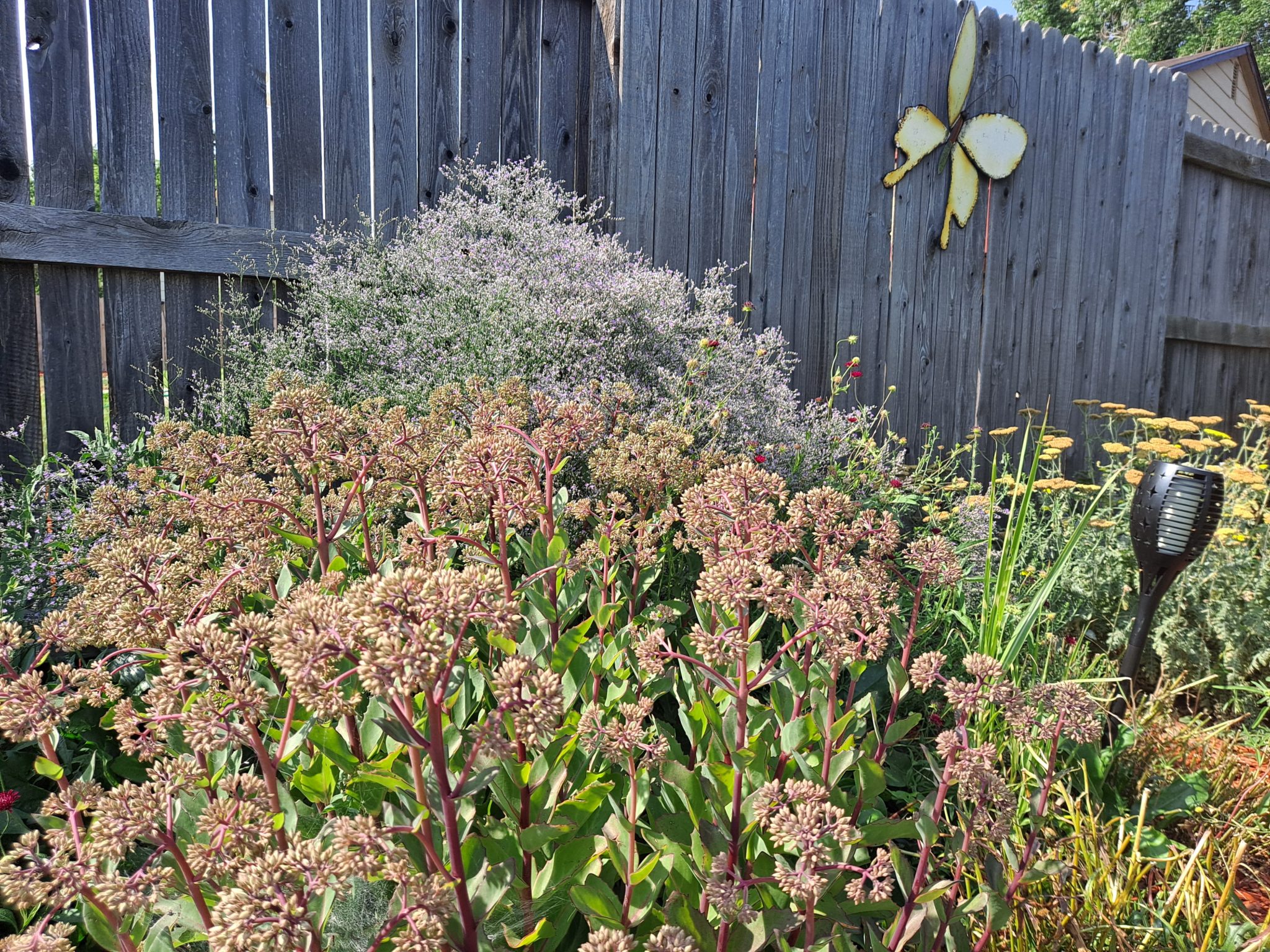
Watering Zones
The term “xeriscape” was created by Denver Water back in the 70’s. “Xeric” means “dry” in Greek. One of the techniques of xeriscaping is breaking your landscape into three zones. Zone 1 is the high-water use section. This is where you put the plants that need lots of moisture. Usually, this zone is located near the house because that’s where the water spigots are located. And closer usually means more convenient. And convenient is good.
If you want a turf area for your kids or dogs to play on, this is where you would plant it. Just keep it no bigger than what its intended purpose requires.
Zone 2 is for plants that can handle drought handily but would appreciate supplemental watering during the hottest and driest parts of summer. Think lilac bushes or many ornamental grasses. Think lush, but not jungle!
Zone 3, the zone farthest from readily available water sources, is where the truly xeric plants go. This is the home of cacti and high prairie plants. This area will be fairly sparsely populated by plants. Fewer plants means less root competition.
Now, I should point out that waterwise gardening is not just for Western landscapes. It’s just that what is considered waterwise in Connecticut or Florida is going to be a LOT different than Colorado or New Mexico.
After all, in places east of the Mississippi the rain tends to fall from the sky like…uh, well, like rain. Not here in the West though. Excluding the Pacific Northwest, when it rains out here, it’s time to break out the party favors and have a celebration!
Xeriscaping books for the Western gardener
I should make clear that most of the books I’m recommending are generally written for gardeners in the Mountain states and the western Plains state. While the principles of xeriscaping are the same regardless of location, different regions of the country will have different requirements. For example: Texas, southern New Mexico and southern Arizona have hotter summers and milder winters than Colorado. So, their plants are going to have different requirements than what Colorado or Montana would need.
The conditions that most these books address have hot summers and very cold winters. Pretty harsh conditions I think you would agree. Still, I think any reader who is interested in reducing the amount of water their landscapes consume will find these books illuminating, no matter where they live.
Let’s get to them.
Xeriscape Handbook

The Xeriscape Handbook, written by Gayle Weinstein, is part of a 3-book series produced by Denver Water (I’ll get to the other two in a sec). Xeriscape Handbook is the to go to resource very anybody interested in installing a waterwise garden.
I’ll be honest, it’s a pretty dry tome (pun intended). It reads like a technical manual because it is a technical manual. But it will give you all the information you will need: planning out the site, improving soil, building an irrigation system, planting techniques and more.
Although published in 1999, the information in the book has held up well with the passage of time.
Xeriscape Handbook (bookshop.org)
Xeriscape Plant Guide and Xeriscape Color Guide

The Xeriscape Plant Guide and the Xeriscape Color Guide are the other two books in the Denver Water series. These two books are companion pieces, and are the “fun” part of Xeriscaping: getting to pick out the plants.
The Xeriscape Plant Guide is a detailed description of over 100 waterwise plants. It covers the plants attributes, growing conditions, bloom period, disadvantages, and good companion plants. This was the very first xeriscaping book I purchased. It was published in 1996, and let me tell you, a lot has changed since then. When this book came out the waterwise plant options was pretty limited. Now there are thousands of native and adapted plants that do well in the West. Still, this is an excellent book to get started with.

Published in 1998, the Xeriscape Color Guide goes into more detail on the 100 plants listed in the Xeriscape Plant Guide. Many of the plants listed have quite a wide variety of bloom and/or foliage color, and this guide covers them all. It also gives better information on when the gardener can expect the plants in question to bloom.
I highly recommend purchasing both books together. While the Plant Guide a stand-alone book, the Color Guide isn’t going to be as useful without being able to reference back its big brother.
Xeriscape Plant Guide: Amazon.com: Books
Xeriscape Color Guide: Amazon.com: Books
Xeriscape Colorado

Xeriscape Colorado by Connie Ellefson & David Wing is unfortunately going to be a bit harder to find. Published is 2004, it apparently has gone out of print. Too bad, because this is perhaps the best of the books that I’m recommending.
As the title suggests, this book is specifically for Colorado. However, mountain states such as northern New Mexico, northern Arizona, as well as parts of Utah and Wyoming will find this book applicable and informative.
Part tutorial and part plant list, if you only want to purchase one book on Xeriscaping, this is the one.
Used copies can be found on Amazon:
Xeriscape Colorado: The Complete Guide: Amazon.com: Books
WaterWise Landscaping with Trees, Shrubs and Vines
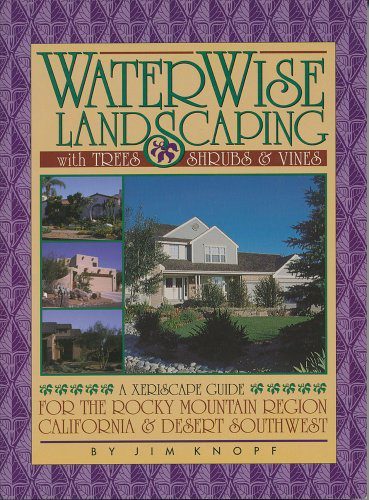
Waterwise Landscaping with Trees, Shrubs and Vines, by Jim Knopf, was published in 1998. I’m starting to notice a trend here: a profusion of waterwise/xeriscape book released in the late 90s. This is no coincidence. The mountain states were wracked by a pretty severe drought in the mid-90s to early 2000s.
This book specifically covers the trees, shrubs and vines that are adapted to the conditions found in the mountain states, the desert southwest and southern California. A very good reference book.
Xeriscape Flower Gardener
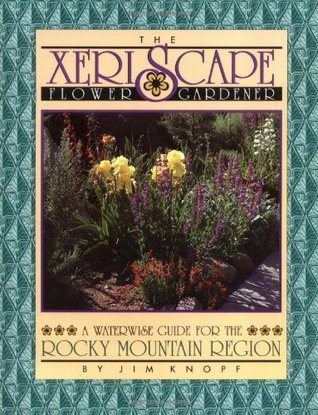
The Xeriscape Flower Gardener, published in 2003, is another waterwise book from Jim Knopf. This book is a reference for perennials and annuals, but this time the plants showcased are better suited to the mountain states.
The Xeriscape Flower Gardener: A Waterwise Guide for the Rocky Mountain Region Amazon.com
The Undaunted Garden
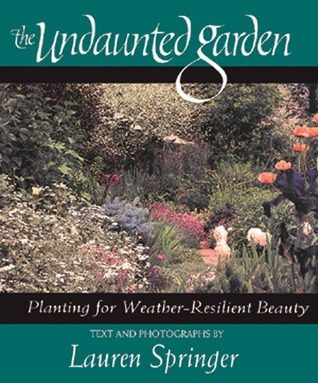
Ok, this isn’t a xeriscaping book per se. Lauren Springer grew up in Pennsylvania. She has worked in the horticultural field for many, many years. She moved to Colorado after getting married and, needless to say, the change in venue was something of a shock for her.
The Undaunted Gardener is Ms. Springer’s voyage of discovery in gardening in the West. In her book, she details how she planned and planted a garden to not only thrived with little moisture; but also looked good in all seasons in spite of the vagaries of weather that Colorado is notorious for. Hot dry summers, cold wet winters, high winds, horrific hailstorms, tornados, blizzards, etc., etc. Colorado weather is a mighty challenge for gardeners.
Word of warning: Lauren Springer is very well educated and very experienced in the horticulture field. I didn’t pick up on that for many years, which is my fault, because she relates all that in her writing. I mention this because a lot of the plants she grows, and the projects she undertakes, are beyond the means of a weekend hobbyist gardener. She lists plants that you just cannot pick up at your local gardening center, or even most online retailers. This woman has connections!
In conclusion
You may have noticed that all of the xeriscaping books I mentioned are twenty years old or older. This is for two reasons. One, by now I have a pretty solid grasp on how xeriscaping works. The general principles have remained pretty much unchanged over that period of time. If need be, I can keep up to date on the latest trends by looking online. I have little use for more.
And two, I am not a professional book reviewer. I am not plunking down cash on books I don’t need.
If you’re looking for more recent releases, Pam Penick’s The Water-Saving Garden: How to Grow a Gorgeous Garden with a Lot Less Water and Lawn Gone!: Low-Maintenance, Sustainable, Attractive Alternatives for Your Yard are supposed to pretty good. Ms. Penick has a blog dedicated to gardening in the Austin, Tx area: Digging | cool gardens in a hot climate (penick.net) I find her blog quite inspiring, and I recommend checking it out.
Nan Steerman’s Hot Color, Dry Garden: Inspiring Designs and Vibrant Plants for the Waterwise Gardener gets good reviews on Amazon, so that might be worth checking out as well. Hot Color, Dry Garden: Inspiring Designs and Vibrant Plants for the Waterwise Gardener
Slightly off-topic
If you want to see waterwise landscaping in person, check out some of these demonstration gardens:
Colorado Springs Utilities demonstration garden
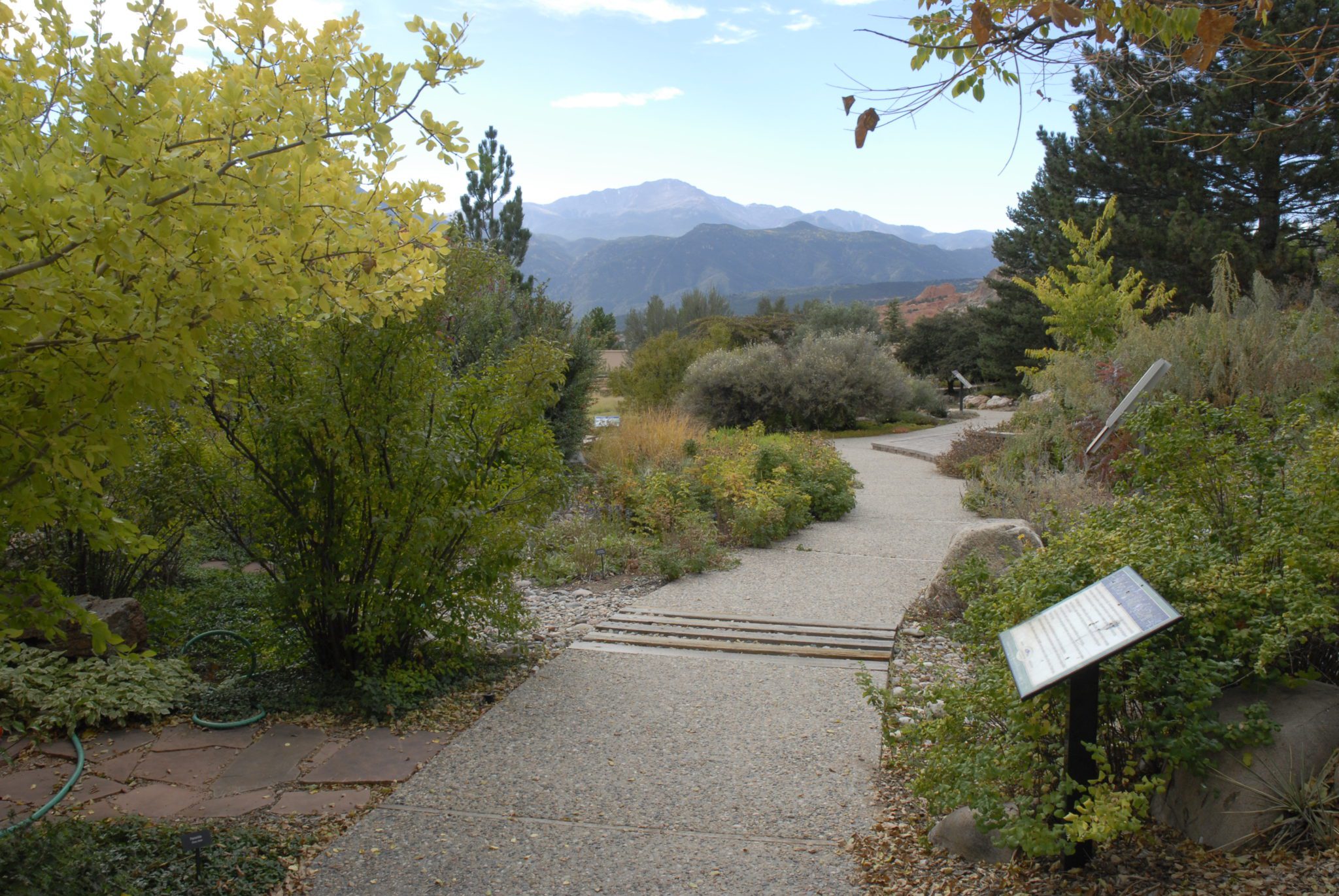
Colorado Springs Utilities Xeriscape Demonstration Garden (Colorado Springs) | Plant Select
Aurora, Colorado demonstration garden

Aurora Water-wise Garden | Plant Select
Broomfield demonstration garden
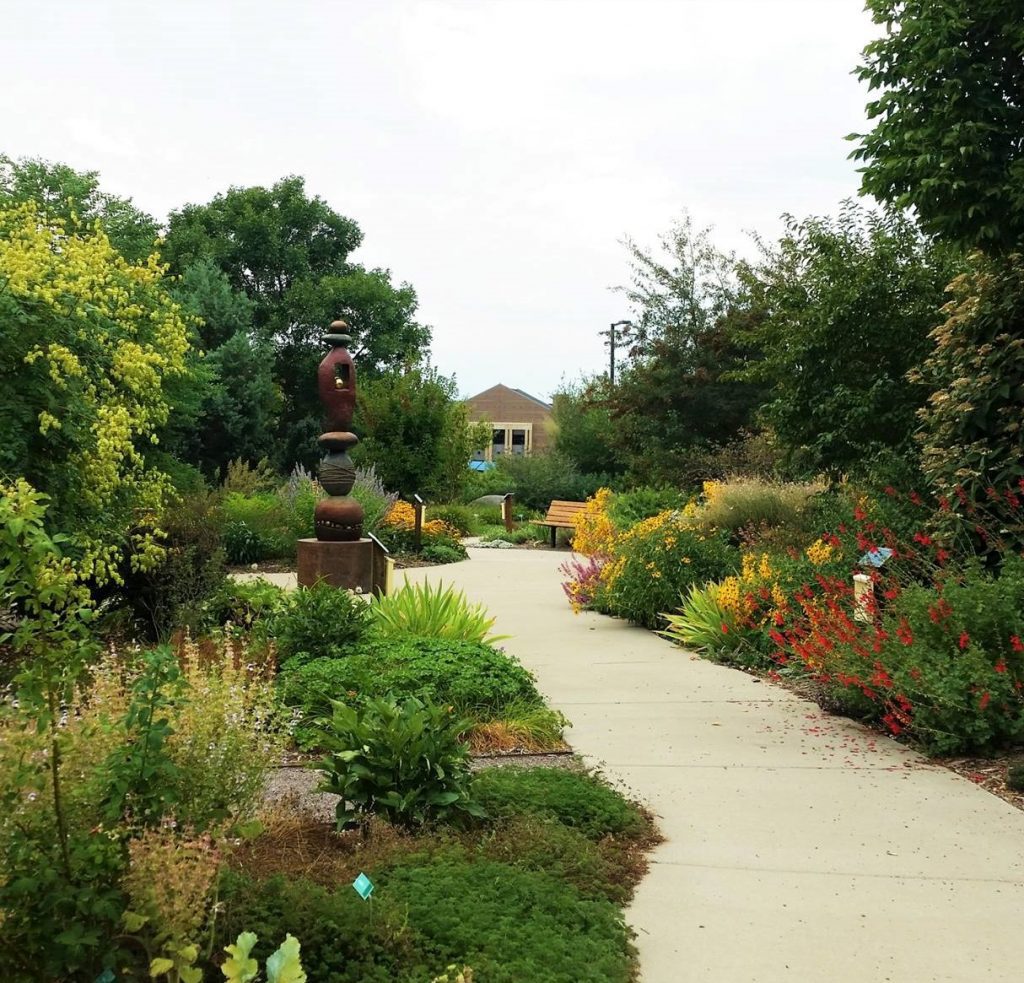
Demonstration Garden – Broomfield County Extension (colostate.edu)
Happy gardening!

